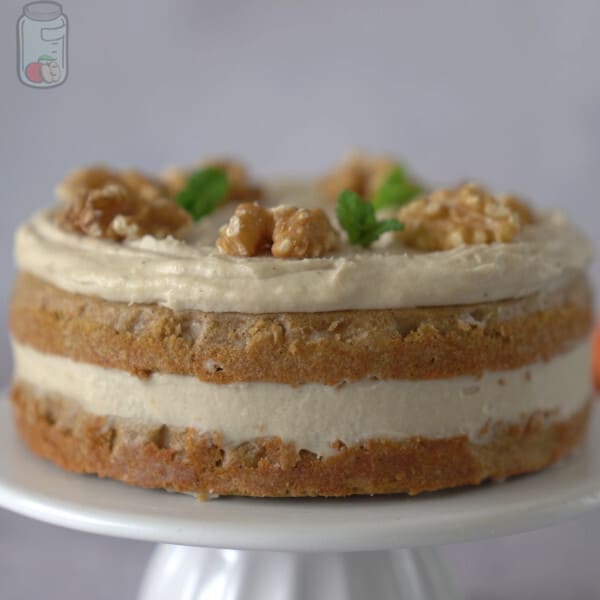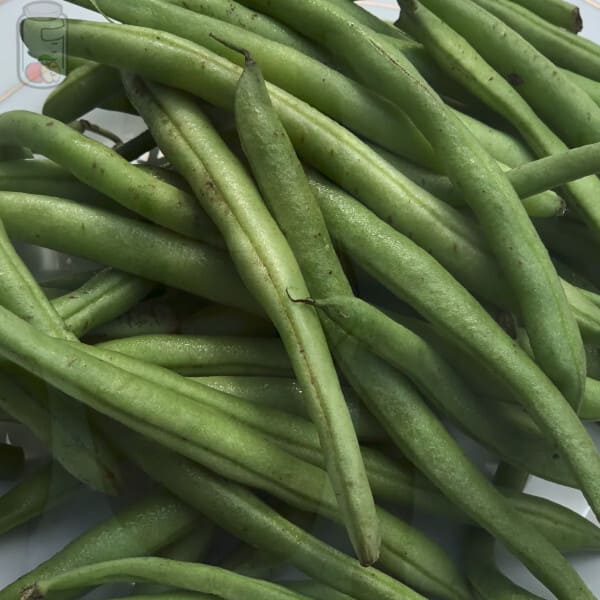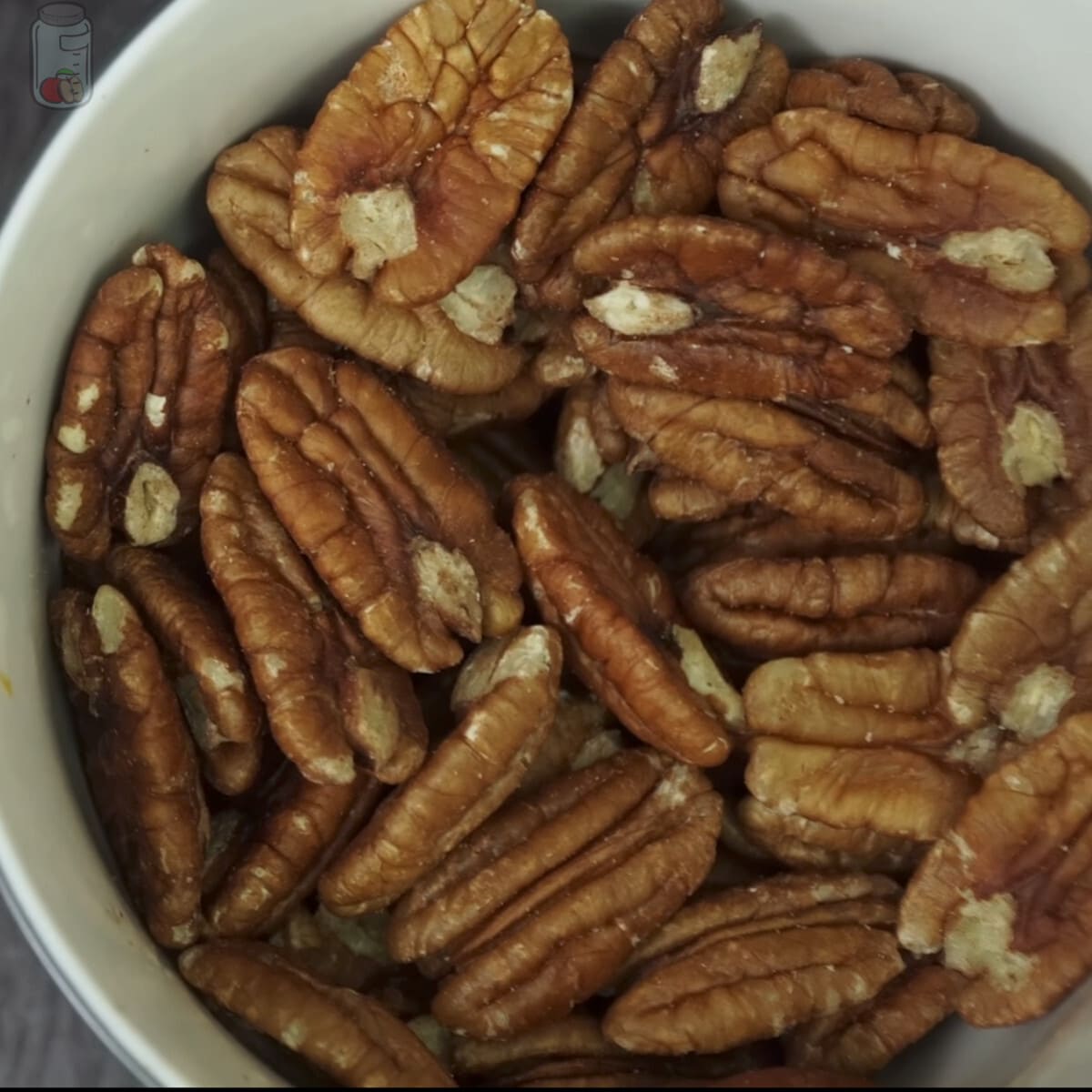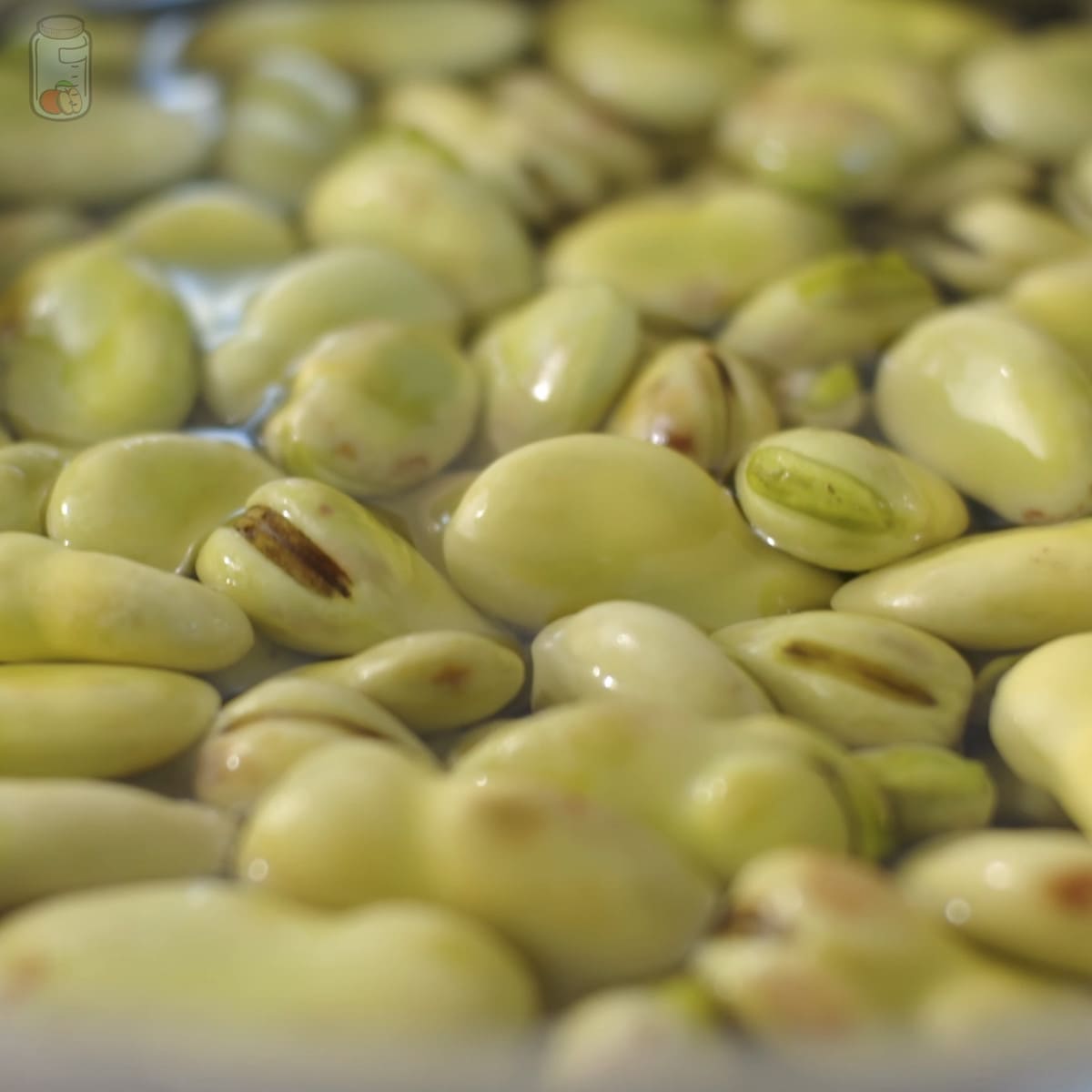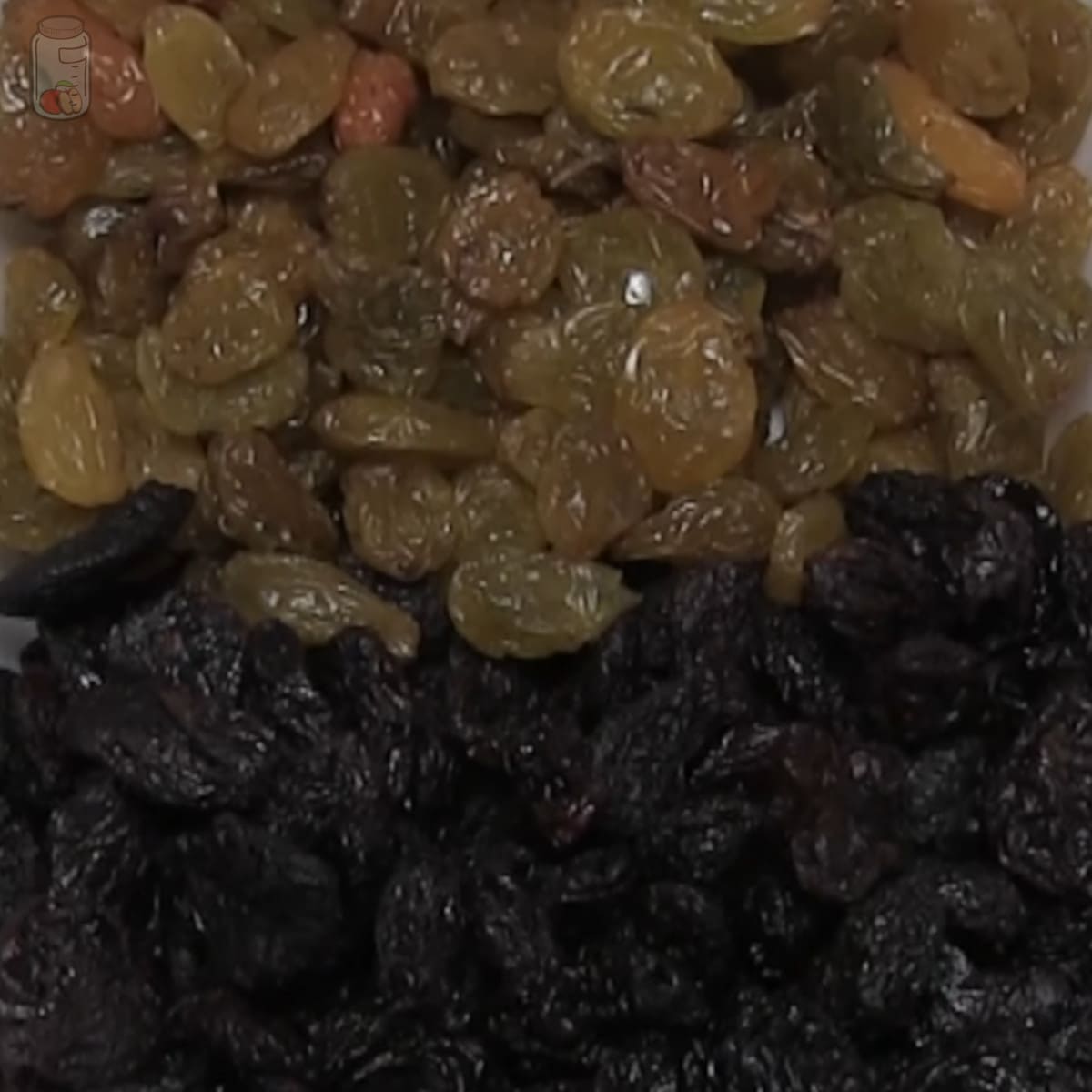The peanut is a type of legume (yes, I said legume); although it is also considered a nut, in any way, you can eat them alone or add them to different recipes, candied or salted, it is a versatile product, and here I am going to teach you how to store peanuts properly.
You can keep the peanut with its shell at room temperature for four months; without it, it will only last four weeks. If you refrigerate them, they can last you 12 months; while frozen, they will remain for 24 months.
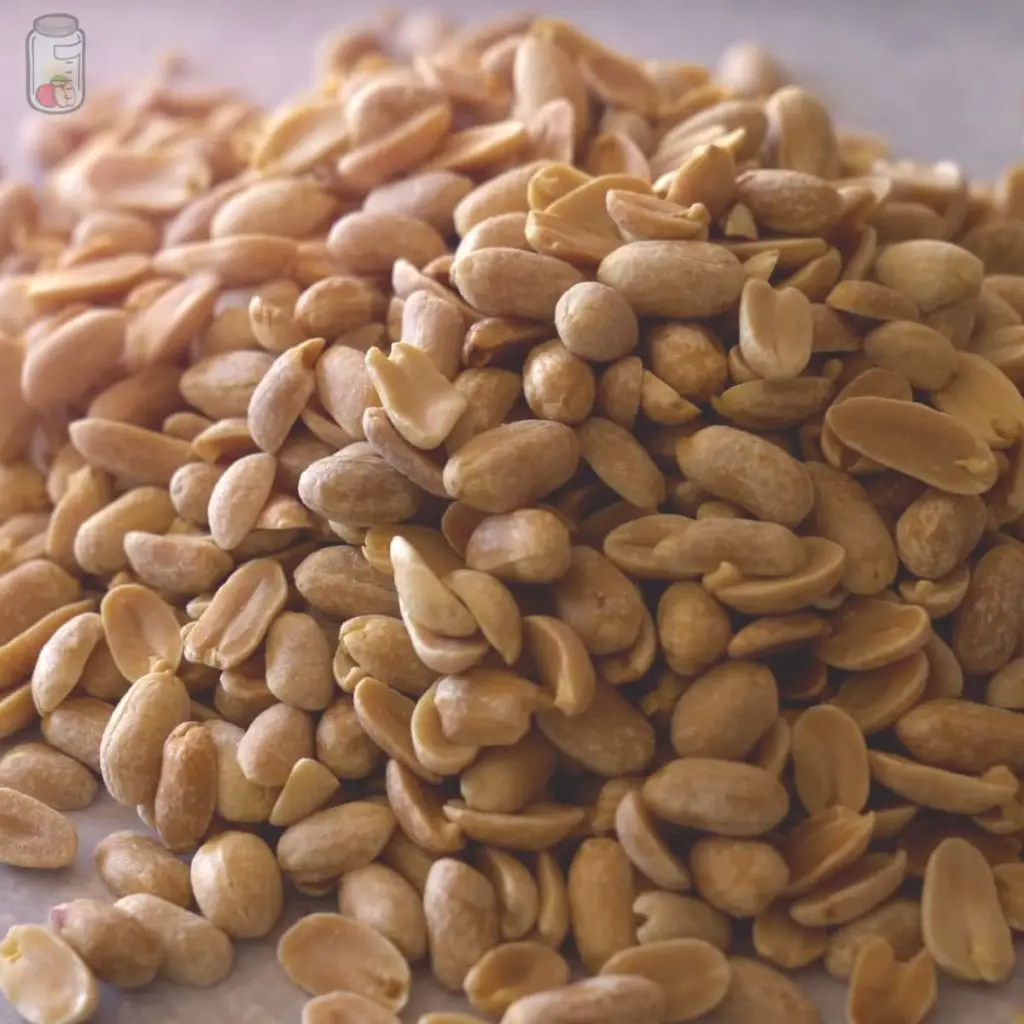
If you want to know how to preserve peanuts, continue reading.
How to preserve peanuts at room temperature
Shelled peanuts have the advantage of having a natural protection that makes them last a little longer than those without shells, especially when you plan to store them at room temperature.
The storage method in both cases is practically the same, except if you live in an extremely hot place with a temperature exceeding 86°F (30°C), you would be better off storing the peanuts in the refrigerator.
However, following all the recommendations that I will give you below, you can keep peanuts at room temperature without problems.
- Step 1: Check the status of the peanuts.
Before storing them, check their condition: they do not have mold or are very wet, especially peanuts without shells since they usually throw a lot of oil. If that is the case, get rid of moldy or awfully bad peanuts, and dry those a little damp with paper towels.
- Step 2: Put the peanuts in airtight containers.
You can place the peanuts in bags or airtight containers. Still, I advise putting them in glass containers since this material preserves food well.
Shelled peanuts could be vacuum sealed to give them a little more protection.
- Step 3: Enter the storage date.
Put the date on the container, stick a label or put some tape on it, and top, you can write down the date, that way, you will know when they will be about to be damaged.
- Step 4: Store the peanut at room temperature.
Place the containers with peanuts in a cool place that remains dry and dark; that way, you can keep the peanuts with shells for four months at room temperature. [1]
In contrast, the shelled peanuts only last four weeks at room temperature. I recommend you check the peanuts every couple of days in case a little moisture appears in the container where you have stored them; if that is the case, just dry them with a clean cloth or kitchen paper.
How to keep peanuts in the fridge
If the summer season has started strong, you live in a very hot area, or you do not have a good place in your pantry to store peanuts; then the refrigerator is a good option.
To store peanuts properly in the refrigerator, follow these steps:
- Step 1: Check the status of the peanuts.
Check that peanuts are moldy or very wet, especially shelled peanuts because they tend to spew a lot of oil.
Get rid of peanuts in deplorable condition and dry those that are moist by their natural oil with absorbent paper.
- Step 2: Place peanuts in airtight containers.
Put peanuts in bags or airtight containers, preferably glass containers, as this material is perfect for preserving food for a long time.
To better protect shelled peanuts, I advise you to vacuum seal them, although you can also put them inside an airtight bag; just make sure to remove all the air before closing it.
- Step 3: Note the storage date.
Place it on the container, stick a label, or put tape strips on it and write a date on top.
- Step 4: Store the peanut in the fridge.
Leave the peanuts with shells in a not-too-cold part so that, in that way, the peanuts can be 12 months in the fridge. If the shelled peanuts are vacuum-sealed, you can keep them for the same period; otherwise, shelled peanuts will keep for 6 to 8 months in the coldest part of the refrigerator.
How to freeze peanuts
Can peanuts be frozen? That is right, and you can freeze it with everything and shell if you want, but this will not make it last longer. However, it could protect it from frostbite burns.
- Step 1: Check the condition of the peanuts.
Like in the previous methods, check the status of peanuts, and get rid of those in poor condition.
- Step 2: Put the peanuts in sturdy containers.
Put the shelled peanuts in airtight bags, then place each in a larger or freezer-safe container.
Putting peanuts with shells in an airtight bag or container resistant to the freezer will be enough.
- Step 3: Place the storage date.
Put it on the container or put a label or stick some strips of tape and on top, write down a date, so you will know how long the peanuts have been stored.
- Step 4: Store the peanuts in the freezer.
You can freeze peanuts for 24 months.
To thaw them, leave them at room temperature for 30 or 40 minutes or put them in the fridge a day before so that they soften slowly.
Peanuts can be refrozen as many times as you want, but those without shells are more likely to lose flavor each time they are frozen.
How to preserve roasted peanuts
When roasting peanuts, their flavor is enhanced, but it will shorten their shelf life a little because it will make the natural oils come out faster, but it is a good option for rescuing peanuts that begin to smell rancid.
To toast them, you can use an oven, a frying pan, a toaster oven, an air fryer, and a microwave. If you plan to use the oven, preheat it to about 350°F (180°C) to make it quicker to roast.
Then, spread the peanuts evenly on a tray with parchment paper and cook for 15 to 20 minutes.
The process with the roaster oven or the air fryer is similar, only that with the first, you will take between 8 and 12 minutes, and with the second, make a first batch of 5 minutes, then stir the peanuts and toast them again for another 5 minutes.
Toasting the peanuts in the pan is extremely simple. Add a few drops of oil and spread the peanuts evenly. Turn on the stove over medium-high heat and stir until golden brown.
To roast peanuts in the microwave, put the peanuts in a glass dish or flattened bowl that you can put in this appliance, but first spread a few drops of oil on the plate. At maximum power, cook in several one-minute batches until golden brown. However, they will not be crispy as with the other methods.
Now, to save roasted peanuts, proceed as follows:
- Step 1: Wait for the peanuts to cool.
If you store the peanuts while they are still hot, the steam will condense inside the container where you put them, forming moisture, and damaging the peanuts faster.
- Step 2: Bag or pack the peanuts.
To store roasted peanuts at room temperature or in the fridge, use glass jars with tight lids to keep them. However, you can still use airtight plastic bags or containers.
In case you want to freeze them, use plastic bags or containers resistant to the freezer, which are also airtight.
- Step 3: Enter the storage date.
Write down the date or put a label with that information.
- Step 4: Store the roasted peanuts.
If you leave the roasted peanuts in a place free of moisture, dark and dry, you can keep them for 1 or 2 weeks. While if you keep toasted peanuts in the fridge, you can keep them for 1 or 2 months.
The roasted peanuts in the freezer will last 12 to 18 months.
How to preserve peanut packs or bags
In supermarkets or food stores, you can find peanuts in sealed packaging or jars, which can be kept for a long time at room temperature if you have not opened them.
Most peanuts in packaging already come roasted with salt or other spices. To store them properly, leave them in a cool, dry, and dark place, so peanuts in jars or sealed packaging will keep until the expiration date.
Once you uncover them, transfer them to an airtight container or bag, but only if the packaging where they came no longer serves to preserve them. You can store commercially sold peanuts at room temperature (in a dark, cool, dry place) for 2 to 3 weeks.
If you keep the peanut packaging open in the refrigerator, it will keep for 4 or 6 months, and if you put it in the freezer, it can last 2 to 3 years.
Prepare peanut butter
With peanuts, you can prepare a delicious butter to spread or add to your recipes, prepare it you will have to:
- Step 1: Toast the peanuts.
You can do it in any way I explain while preserving roasted peanuts.
- Step 2: Blend the peanuts.
You can use a food processor, a hand blender, or a conventional one. However, keep in mind that with the latter, it will be difficult to remove it later.
But first, wait until the roasted peanuts cool and then liquefy them until you get a cream.
- Step 3: Transfer the peanut butter to an airtight container.
If you refrigerate it, I advise using a glass jar with an airtight or screw cap that has been sterilized. But you can put it in a bag or airtight plastic containers. To freeze it, use sturdy containers.
- Step 4: Place the preparation date.
Stick a label or write the date on the container or bag on the tapes you have stuck to the container.
- Step 6: Save the peanut butter.
Now that you are ready to store the peanut butter, check our specific post since there are a few ways to do it.
How to preserve peanut oil
From peanuts, you get an oil that is a much healthier option than the vegetable oil we usually buy. The way to preserve it is straightforward since they come in bottles or containers that help keep peanut oil in good condition.
The ideal would be to place the oil in a dark, cool, and moisture-free place; that way, you can preserve the peanut oil until its expiration date indicates at room temperature, although it is recommended to consume it within 12 months after the date of purchase.
You can store open peanut oil in the same way at room temperature, but it will last about six months. If refrigerated, you can keep it for up to a year.
As the cold peanut oil condenses, it will only be enough to leave it a few minutes at room temperature to make it liquid again.
How to know if the peanut got bad?
If peanuts show any of these signs, it is because they will have spoiled:
- Rancid or bitter taste or smell, which persists even after roasting.
- Viscosity and change in consistency can become very watery after losing much of its oil.
- Mold, which comes in the form of fluff or black or white spots.
Do not eat peanuts that show any of these signs of decay, as you could end up intoxicated or upset in the stomach.
How long do peanuts last?
| Product | Duration |
| Peanuts in the shell at room temperature | 4 months |
| Peanuts without shell at room temperature | 4 weeks |
| Peanuts in the shell in the fridge | 12 months |
| Peanuts without shell in the fridge | 6 – 8 months |
| Frozen peanuts | 24 months |
| Roasted peanuts at room temperature | 1 – 2 weeks |
| Roasted peanuts in the fridge | 1 – 2 months |
| Frozen roasted peanuts | 12 – 18 months |
| Store-brought peanuts at room temperature (sealed) | Until the expiration date |
| Store-brought peanuts at room temperature (open) | 2 – 3 weeks |
| Store-brought peanuts in the fridge (open) | 4 – 6 months |
| Store-brought peanuts in the freezer | 2 – 3 years |
| Peanut oil at room temperature (sealed) | Until the expiration date |
| Peanut oil at room temperature (open) | 6 months |
| Peanut oil in the fridge (open) | 12 months |
What is the best way to preserve peanuts?
Peanuts with shells keep very well at room temperature and last longer when they do not have shells. Still, the best way to preserve peanuts is to refrigerate them, whether they have shells or not.
Because peanuts can shed natural oil, especially when it is extremely hot, keeping them cold is best. In the freezer, it is also presented as a good storage alternative. Still, peanuts can lose flavor the longer they spend in the freezer.
Toasting peanuts enhances their flavor but does not make them last longer. I also recommend keeping them preferably inside the fridge. However, you can also store them at room temperature or freeze them.
Commercial peanuts usually last a little longer, but only if kept in their sealed packaging; once uncapped, they have a similar time to roasted peanuts.
Peanut oil, just like any other oil, keeps very well at room temperature. Still, it also keeps very well inside the fridge.
If you want to learn how to preserve another nut or legume, here you can find hundreds of topics on keeping different foods and dishes that could be particularly useful.



